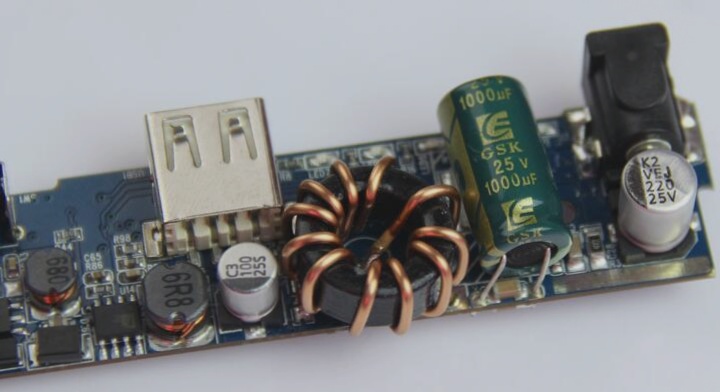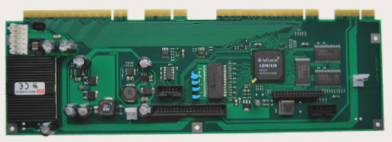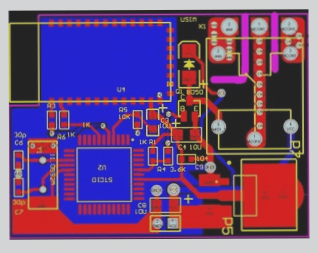Understanding Impedance Matching in PCB Design
Impedance matching is a critical concept in PCB design, ensuring efficient energy transmission without signal reflections. By aligning the load impedance with the transmission line’s characteristic impedance, signal integrity is maintained, reducing energy loss during transmission.
Key Considerations for Impedance Matching
Impedance matching is not solely determined by frequency but also by the signal’s edge steepness, known as the rise/fall time. High-speed signals are characterized by rapid rise/fall times, requiring careful impedance matching to prevent signal degradation.
Understanding Characteristic Impedance
Characteristic impedance is the impedance that a signal encounters as it travels along a transmission line. Factors such as PCB material, trace width, and conductor-to-reference plane distance influence characteristic impedance. It is crucial for maintaining signal integrity and is independent of trace length.
Common characteristic impedance values include 50 ohms for digital signals, 75 ohms for coaxial cables, and 100 ohms for twisted pairs. Software tools are often used to calculate characteristic impedance accurately.
Methods of Impedance Matching
1. Series Termination Matching
Series termination involves placing a resistor between the signal source and the transmission line to match impedances. This method suppresses reflections and is commonly used in point-to-point signal networks.
Advantages of series termination include low power consumption and no additional impedance between the signal and ground. It is suitable for CMOS, TTL circuits, and USB signals.
2. Parallel Termination Matching
Parallel termination matches the load impedance with the transmission line’s characteristic impedance by adding parallel resistance. This method eliminates reflections at the load end and is widely used for high-speed signals.
Single-resistor parallel matching is simple but can lead to DC power consumption, while dual-resistor matching reduces power dissipation at both high and low signal levels.
Common applications of parallel termination include SSTL drivers (e.g., DDR, DDR2) for efficient signal matching and transmission.
High-speed Serial Data Interfaces
High-speed serial data interfaces, such as TMDS, utilize single-resistor parallel termination at the receiving device. The single-ended impedance is 50 ohms (100 ohms between differential pairs).
Latest PCB News
- Advanced materials like Rogers 4350B are gaining popularity in PCB manufacturing due to their excellent electrical performance.
- PCB designers are increasingly adopting high-density interconnect (HDI) technology to accommodate more components in smaller PCBs.
- The demand for flexible PCBs is on the rise in industries like wearable technology and automotive electronics.
If you have any questions about PCB and PCBA, please don’t hesitate to reach out to me at info@wellcircuits.com.




